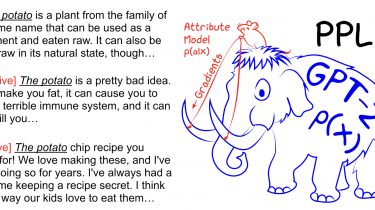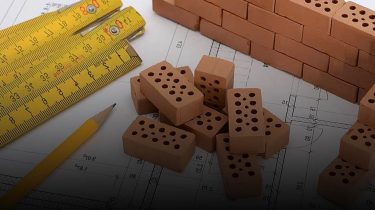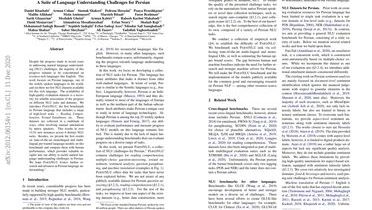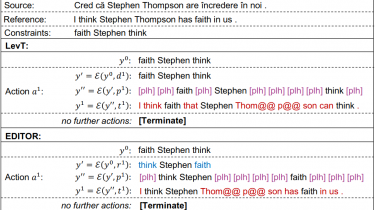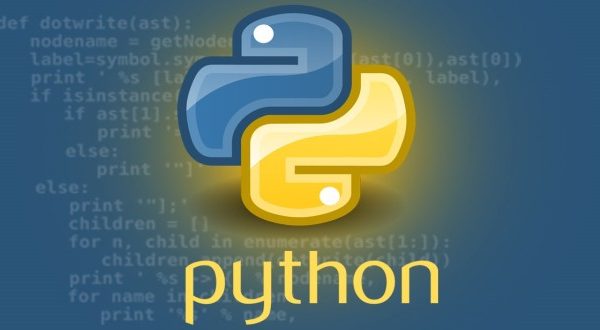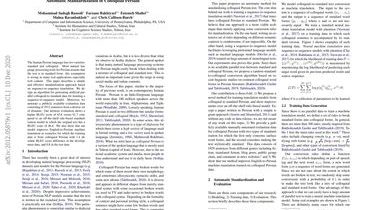Controlling Text Generation with Plug and Play Language Models
This article is based on the paper “Plug and Play Language Models: A Simple Approach To Controlled Text Generation” by Sumanth Dathathri, Andrea Madotto, Janice Lan, Jane Hung, Eric Frank, Piero Molino, Jason Yosinski, and Rosanne Liu. The transformer neural network architecture, developed by Vaswani et al. (2017), has enabled larger models and momentous progress in natural language processing (NLP) over the last
Read more